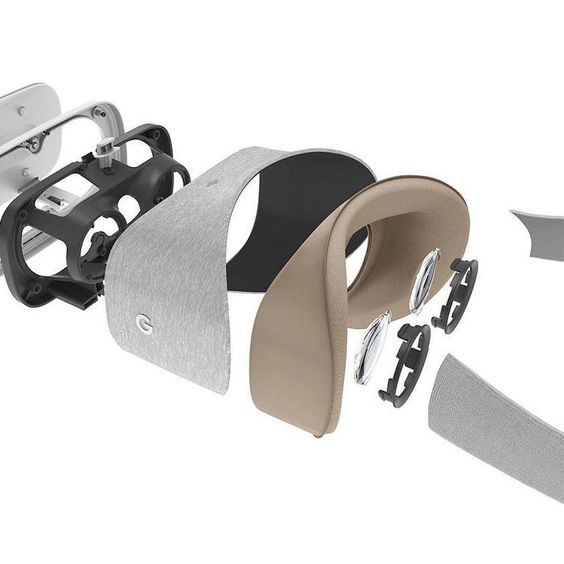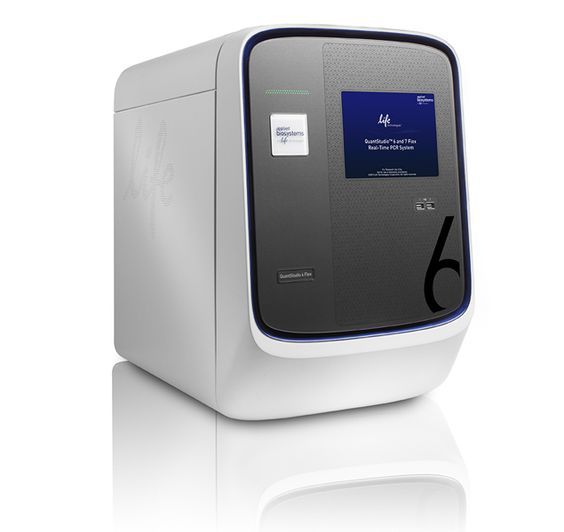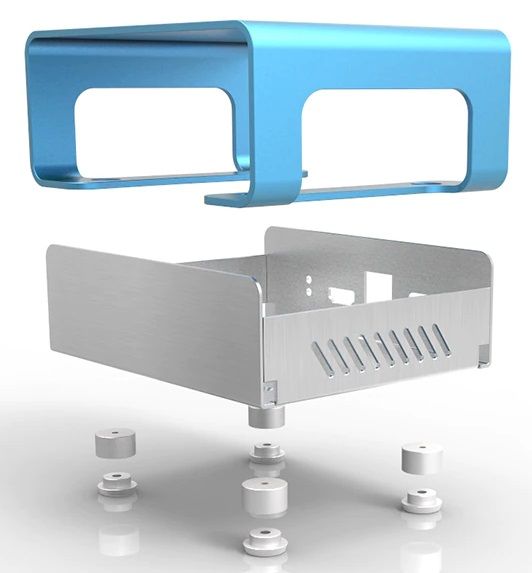3D Modeling & Designing Services
Engineering Designing
disciplines and the latest software to provide the source for your product design and
development needs. Our wide range of engineering services is designed to fit your
every mechanical design engineering need.
Our large degreed engineering staff is proficient in multiple CAD platforms, Geometric
Dimensioning and Tolerancing (GD& T) and tolerance stacking for all your mechanical
and electro mechanical design requirements. We have experience in several industries
from Aerospace, Automotive, Architecture, Robotics and Medical to Consumer
Products. Our knowledge base includes design with all of the common materials such
as plastics, sheet metal, CNC and machining. And it covers all common manufacturing
process including additive manufacturing. We also pride ourselves in providing you with
well laid out and detailed 2D drawings
Design for Manufacturing Support
to have it fleshed out into a manufacturing design? 3D Engineering Solutions can help
you satisfy your product development needs. Our practical engineering design
background can help you design products that can be manufactured in quantities from
thousands to millions of parts per year.
And with our tolerance stacking work, those parts will be able to be manufactured and
assembled with little difficulty. We are experts at bringing closely toleranced designs to
production. Gone are the days of living with a product that is not optimized for
manufacturing. Let your manufacturing engineers work on improving the process and
efficiencies and not on firefighting un-optimized designs. Once the product design is
finalized, let 3D Engineering Solutions continue to support you by providing fixturing,
gage design and FAI inspection services to support your manufacturing requirements.
Organic Designing
Our organic modelling service works by creating organic complex shapes in 3D CAD. It is
typically required when asked to create a 3D model based on living entities such as a
human, animal or plant.
The recreation of these types of models demands particular levels of detail compared
to hard surface modelling for inanimate objects such as buildings and products. This is
due to the nuances of texture and movement that are inherently associated with
organic beings.
It is also equally important to remember that organic objects are not made perfectly
and it is quite often their imperfections that make them feel so real and relatable. This
is an aspect of organic modelling we make every effort to include in the process,
ensuring the finished article reflects the real life object down to the smallest of details.
Organic Modelling for 3D Printing
Once the model has been completed to meet requirements, we are then able to apply it
to any number of our 3D printing tools, which includes SLS, SLA, FDM and Polyjet
printing which one is utilised will depend on the level of detail required in the initial
prototype, which will be discussed at length with your project manager before
proceeding onto the next stage of the project.
Industrial and Mechanical Design
Industrial and mechanical design involves creating 3D models of machines, equipment, or mechanical parts. It helps in visualizing and prototyping products before manufacturing, ensuring functionality and efficiency.



Automotive Component Designing
Automotive component design involves creating and developing various parts and systems that are used in vehicles.
Here are some key steps involved in the automotive component design process:
- Concept Generation: Generate multiple design concepts or ideas that meet the requirements identified in the previous step. Consider factors such as material selection, manufacturing processes, and integration with other vehicle systems.
- Detailed Design: Select the most promising concept and proceed with the detailed design phase. Use computer-aided design (CAD) software to create detailed 3D models of the component. Pay attention to design for manufacturability, assembly, and serviceability.
- Prototype Development: Build physical prototypes of the component using rapid prototyping techniques like 3D printing or traditional manufacturing methods. Test and evaluate the prototypes to verify their functionality and performance. Iteratively refine the design based on test results.
- Manufacturing and Production: Once the design is finalized, prepare detailed manufacturing drawings and specifications. Collaborate with suppliers and manufacturers to ensure that the component can be efficiently produced at scale while meeting quality standards.


3D Modeling & Drafting
3D modeling involves the creation of three-dimensional digital representations of objects, characters, or environments. This can be done using various techniques such as polygonal modeling, NURBS (Non-Uniform Rational B-Splines) modeling, sculpting, or parametric modeling.

Medical and Scientific Visualization
3D design is used in the medical and scientific fields to visualize complex anatomical structures, scientific concepts, or medical procedures. It helps in education, research, and communication of intricate information.



Product Visualization
Product visualization involves creating realistic 3D models and renderings of products for marketing or design purposes. It allows companies to showcase their products in various angles, colors, and materials without the need for physical prototypes.
Character Designing
Character design focuses on creating 3D models of characters for various applications like animation, video games, movies, and advertising. Designers consider aspects such as anatomy, proportions, textures, and rigging to bring the characters to life.

IoT Case Designing
IoT case design refers to the process of designing the physical enclosure or housing for an IoT device. The case serves as the protective covering for the internal components, ensuring their safety, functionality, and aesthetics. Here are some key considerations in IoT case design:
- Form Factor and Size: The case should be designed to accommodate the internal components of the IoT device while considering the desired form factor and size. It should be compact and sleek, taking into account the specific requirements and constraints of the device.
- Material Selection: The choice of materials for the case is important for durability, aesthetics, and functionality. Common materials include plastics, metals, or a combination of both. The material should be suitable for the device’s environment, providing protection against moisture, temperature fluctuations, and other external factors.
- Accessibility: The case should provide appropriate access points for necessary connections, such as power inputs, data ports, or sensor openings. It should allow for easy installation, maintenance, and any required modifications or upgrades.
- Ventilation and Heat Dissipation: IoT devices often generate heat during operation. The case design should incorporate adequate ventilation or heat dissipation mechanisms to prevent overheating and ensure the device’s optimal performance.
- Protection and Durability: The case should offer protection against physical damage, dust, moisture, and other environmental factors. It should be durable enough to withstand regular handling, transportation, and potential impacts.
- Antenna Placement: If the IoT device relies on wireless connectivity, the case design should consider the placement of antennas for optimal signal reception and transmission. Antenna placement should minimize interference and maintain good wireless performance.
- Aesthetics and Branding: The case design should align with the desired aesthetics and branding of the IoT device or the company. It should reflect the desired image, incorporating appropriate colors, finishes, and branding elements.
- Ergonomics and User Experience: The case design should consider user ergonomics and the overall user experience. It should have user-friendly features, such as comfortable grips, accessible buttons or controls, and clear indicators or displays.
- Manufacturing and Assembly: The case design should take into account the feasibility of manufacturing and assembly processes. It should allow for efficient and cost-effective production, considering factors such as tooling, molding, and assembly techniques.



Design and Prototyping Solution for FMCG Companies
The design and prototyping process for an FMCG company involves several key steps to develop and refine products that meet consumer needs and preferences. Here’s a general overview of the process:
- Identify Consumer Needs: Conduct market research to identify consumer needs, preferences, and trends. Understand the target market, their demographics, purchasing behavior, and what they value in FMCG products.
- Ideation and Concept Development: Generate ideas for new products or improvements to existing ones. Brainstorm with a cross-functional team that includes product designers, engineers, marketers, and researchers. Develop product concepts that align with consumer needs and market opportunities.
- Initial Design and Sketching: Create initial design sketches based on the selected concepts. Consider factors like product shape, size, functionality, packaging, and branding. Use computer-aided design (CAD) software or sketching tools to visualize and refine the designs.
- Virtual Prototyping: Utilize 3D modeling software to create virtual prototypes of the product. This allows designers to assess the aesthetics, ergonomics, and functionality of the design before moving to physical prototyping.
- Physical Prototyping: Build physical prototypes of the product using rapid prototyping techniques like 3D printing or traditional manufacturing methods. This step helps validate the design, assess its physical characteristics, and identify any potential issues or improvements.
- Testing and Iteration: Conduct product testing with target consumers or focus groups to gather feedback on the prototype. Evaluate aspects such as usability, performance, durability, and packaging. Iterate and refine the design based on the feedback received.
- Production Specifications: Once the design is finalized, create detailed production specifications that outline all the necessary components, materials, manufacturing processes, and quality standards required for mass production.
- Manufacturing and Production: Partner with manufacturers or set up in-house production facilities to manufacture the FMCG products at scale. Ensure the production process meets quality control standards and regulatory requirements.



